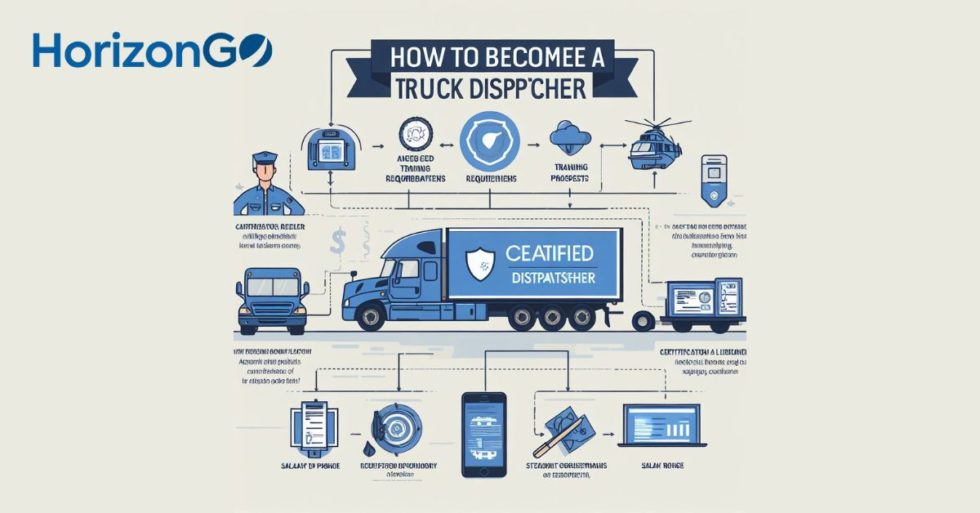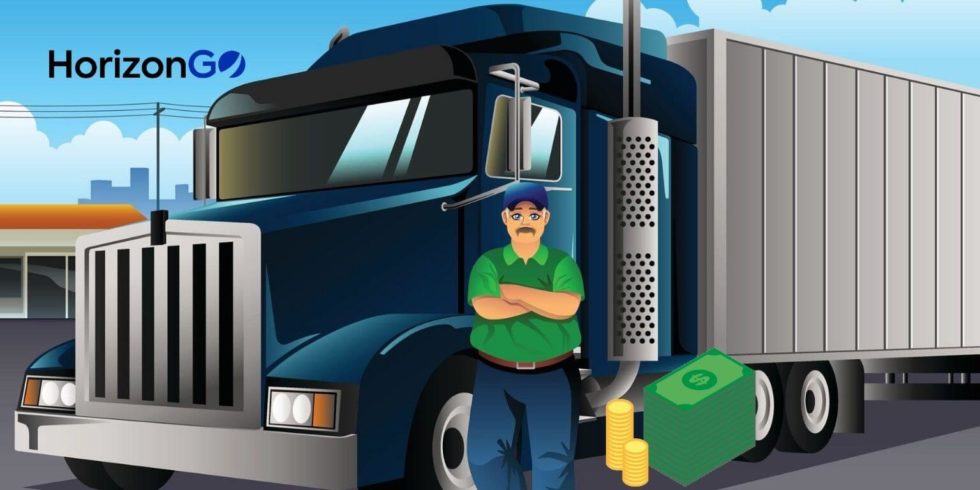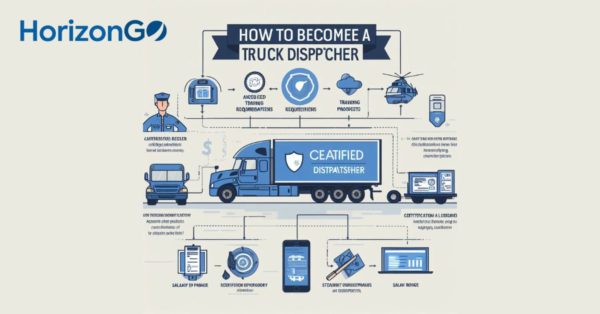
In May of 2013, a truck driver ended up in a collision with a train in Maryland. This collision caused numerous cars to derail from the train…cars that were carrying hazardous materials. In the resulting explosions, the property was damaged as far as a half-mile away, and the driver was seriously injured. While this particular driver had crossed these same train tracks many times, listening for the audible signs of an oncoming train, this day, the driver happened to be on a phone call using hands-free technology.
Going Hands-Free…Free?
As a result of this incident, the National Transportation Safety Board is now pressuring the Federal Motor Carrier Safety Administration to call for banning the use of hands-free phone devices in rigs. This has once again brought the issue of on-road distractions back to the forefront when it comes to technology inside of trucks. What’s not being considered here, however, is that there were multiple contributing factors in this accident.
“The train engineer blew his horn three times as he approached the crossing but the driver said he did not hear it. Vegetation and the curve of the road made it hard for the driver to see if a train was approaching, but the board found that if he had stopped at the tracks he could have seen it coming.One key contributing factor was that the driver was distracted by a call that came in on his hands-free phone just as he was approaching the tracks, the Board said.” – Truckinginfo.com
Is This Really the Answer?
What’s demonstrated here is that, apparently, there were no guard rails that came down to block traffic from moving across the tracks, and unkempt vegetation played a part in blocking visibility. Furthermore, the idea that a phone call would block out the sound of not only an oncoming train but also the sound of its horn, which the train conductor claimed was sounded three times prior to the collision, is a bit of a stretch. If this were really the case, you’d likely hear about accidents like this daily as drivers use hands-free devices, devices that are supposed to make being on the road safer, all of the time.
Are EOBRs Distractions?
What’s really at stake, however, for fleet owners, is the potential for EOBR technology to be abused. EOBRs provide fleet owners with the chance to remain up to date regarding loads in real-time, providing the ability to be more profitable and efficient, and if the FMCSA ends up banning hands-free devices, who is to say whether EOBRs will be next on the list to be further regulated? Cloud-based services and related technologies may be the way of the future, but is the FMCSA going to come down on everyone? At some point, we need to reach a point of clarity as to what is considered a genuine in-cab distraction and what is not.
How do you feel about the NTSB’s recommendation for the FMCSA? Do you think that this will affect EOBR technology? Leave your comments below, and don’t forget to share this post on Facebook, Twitter, and your other social media profiles.
Similar Articles:
- Vehicle-to-Vehicle Communication Systems May Be in Your Future
- Don’t Let Mobile Technology Lead to Distracted Driving
- Drivers Stay Connected Through Tablets
About the Author
Chuck Melton

Chuck Melton is a pioneer in the transportation technology field. Founder of one of the early PC-Based trucking software companies – Integrated Transportation Software in 1984, he developed one of the first links to satellite-based onboard systems including Qualcomm’s (at the time) OmniTracs system. He sold the assets to Qualcomm and has managed a successful software company for over 30 years serving trucking companies across the nation.
Chuck continues to see plenty of pioneering opportunities to create value for trucking companies. With the advent of web-based database systems, low-cost EOBRs, tablets, and smartphones, the 21st-century trucking company can become a seamless part of the supply chain… anywhere, anytime on any device! READ MORE










